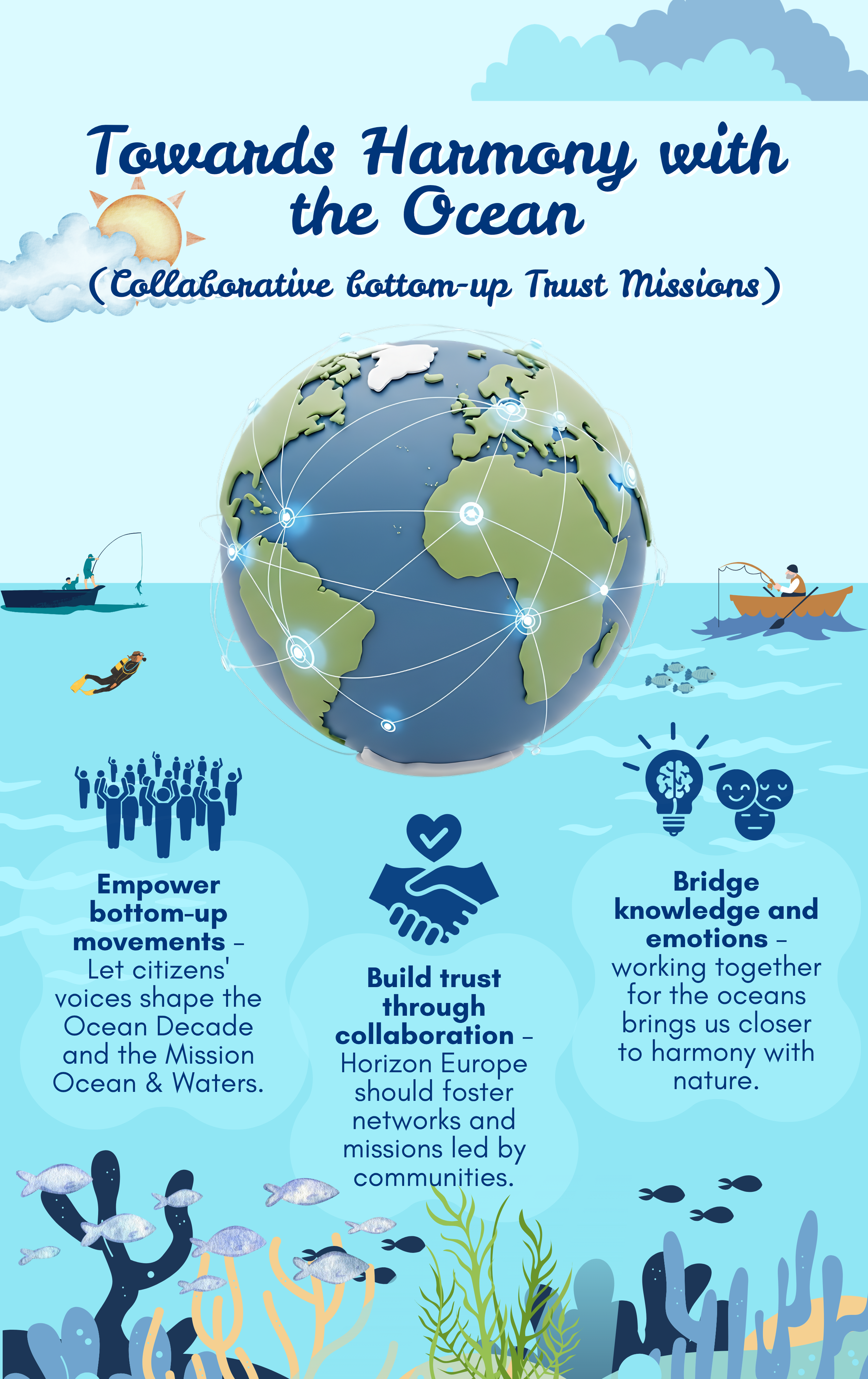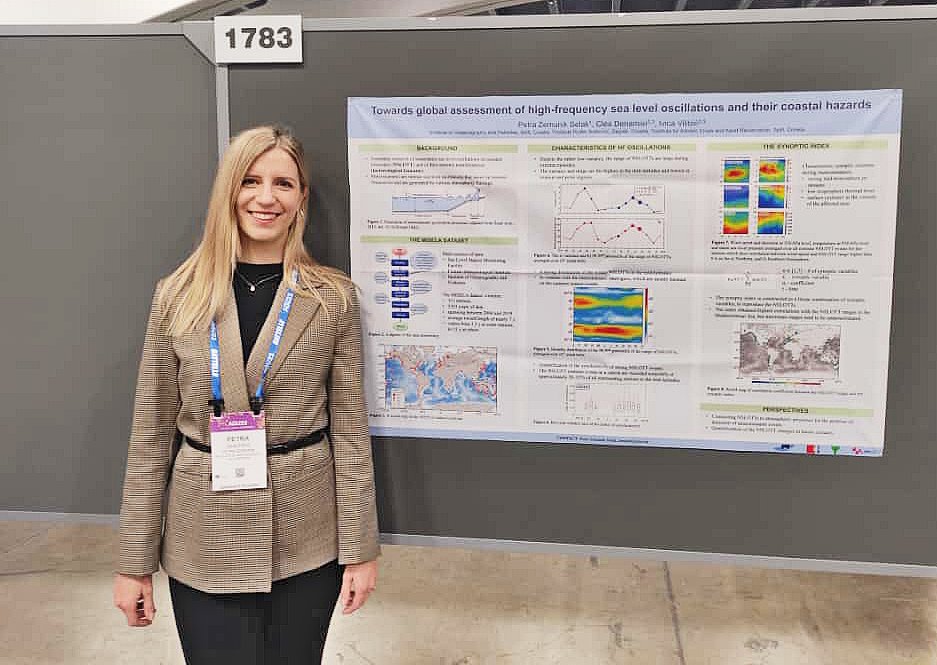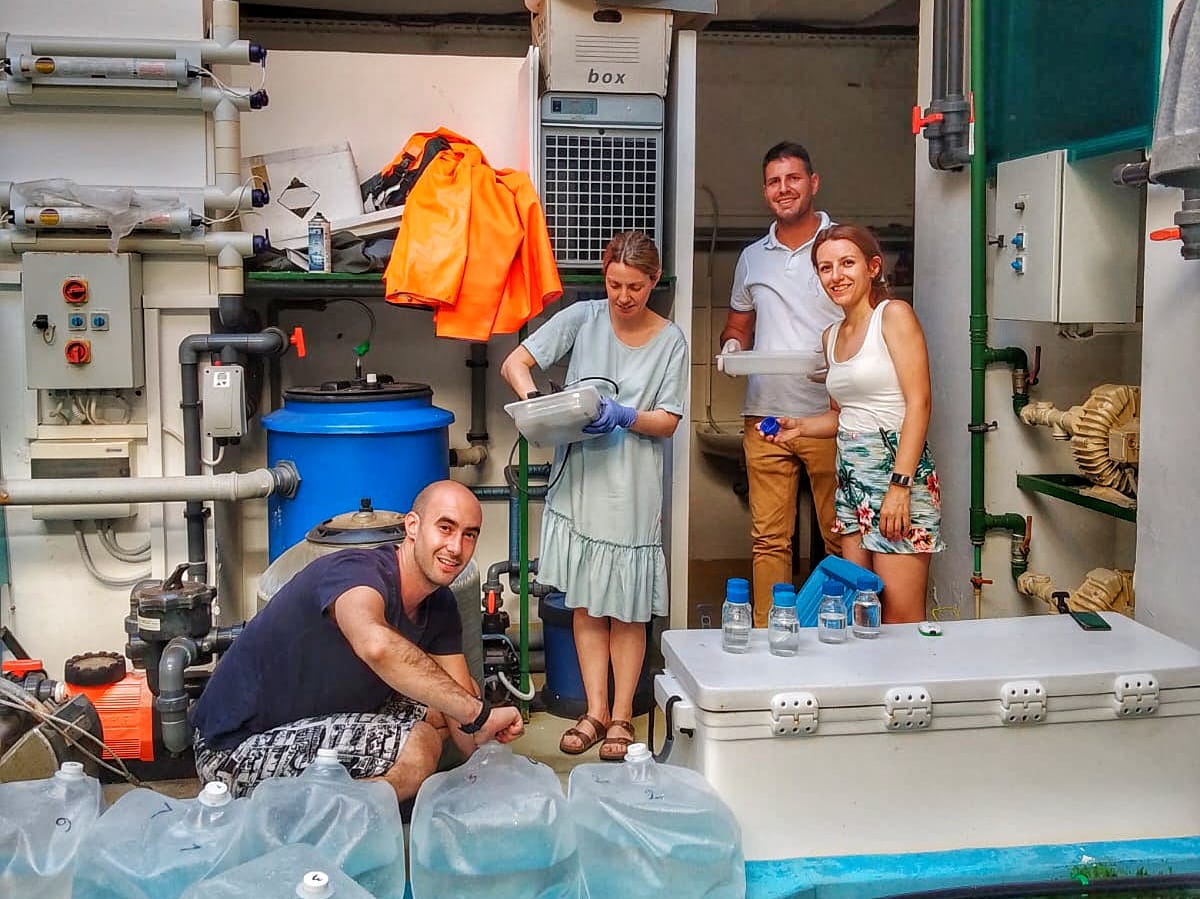As part of the BiVACME project, which is funded by the Croatian Science Foundation, the research was carried out in the wider area of the Krka estuary, one of the most important areas for mussel farming in the eastern Adriatic. Although mussels are an economically important bivalve species, relatively little research has been carried out into the ecology of mussels in this area.
The scientific paper was published in the prestigious journal Aquaculture. Link -> https://www.sciencedirect.com/…/abs/pii/S0044848624006203
Stable isotope analysis is a commonly used method to study the nutrition of bivalves and other marine organisms and to understand marine food webs in general. The ratio of stable nitrogen and carbon isotopes provides valuable information about food sources and overlapping ecological (trophic) niches.
The analysis of stable nitrogen and carbon isotopes in mussel tissue in the studied area revealed considerable spatial and temporal differences in the diet of this species. Of the studied sites, two were located in the Krka River estuary, one in the St. Ante channel area, and one on a farm in the coastal area near Tribunj.
The analysis of stable nitrogen isotopes in mussels is a relatively new method and is only carried out in a few laboratories worldwide, including the laboratory of Prof. sc. David Gillikin, with whom our scientists have a successful collaboration. As mussels shed their shells throughout their lives, they represent an important archive of environmental conditions. The analysis of the day mussel carried out as part of this research showed a very similar environmental signal to the tissue analyzed and thus great potential for further research.
The research results contribute to the knowledge of the mechanisms of food utilization as well as the influence that the microlocation can have on the physiology of mussels.




